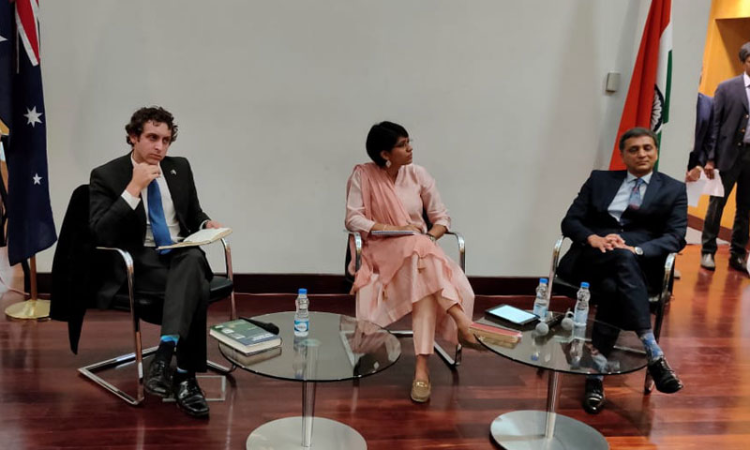Talk Held On Comparative Constitutional Contexts Of India & Australia
Radhika Roy
29 Jan 2020 10:11 PM IST

Next Story
29 Jan 2020 10:11 PM IST
Project Constitutionalism, a not-for-profit organization working to increase constitutional awareness in India, protect constitutional rights and to strengthen constitutional governance, held its first event on Friday, the 24th of January, at the Australian High Commission. Conducted in conjunction with ANZIBA (Australia-New Zealand-India Business Association) and the Australian High...
